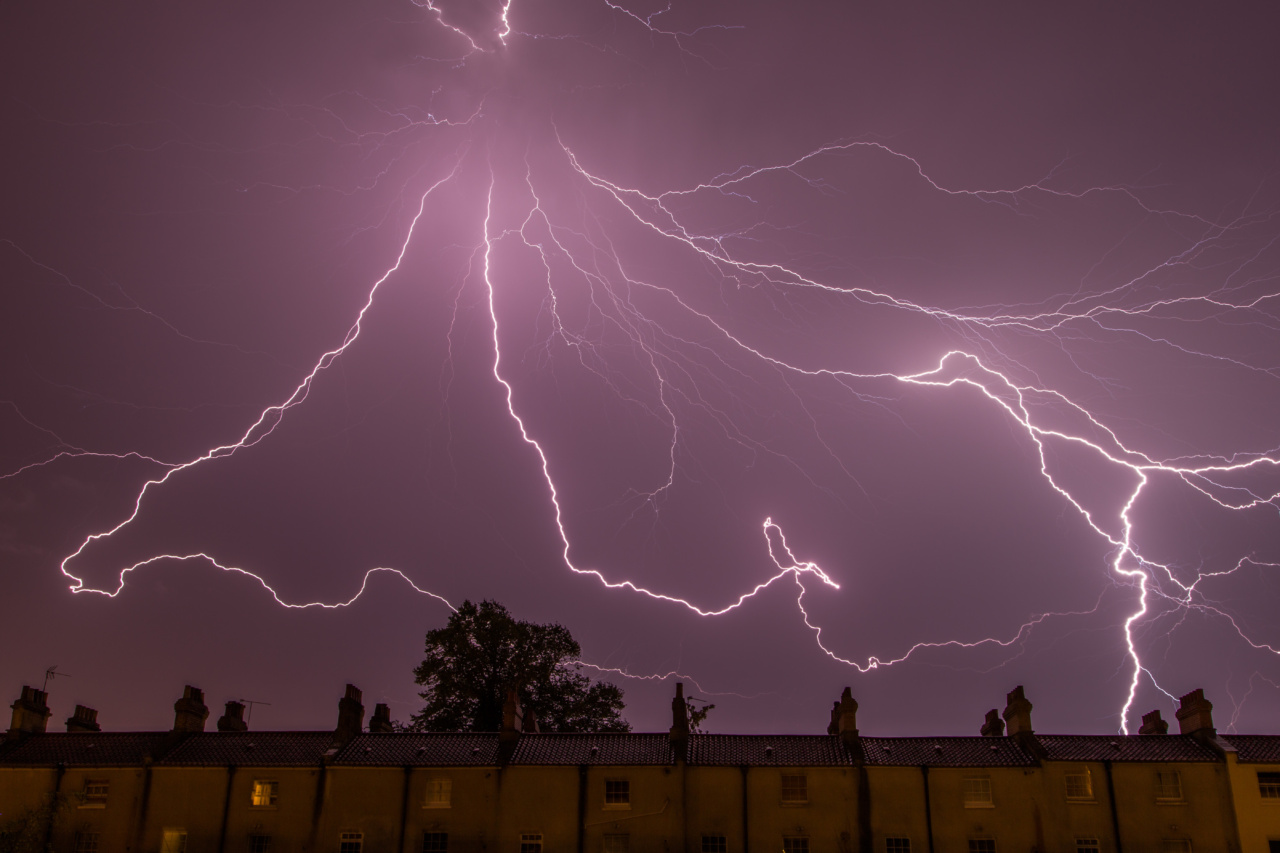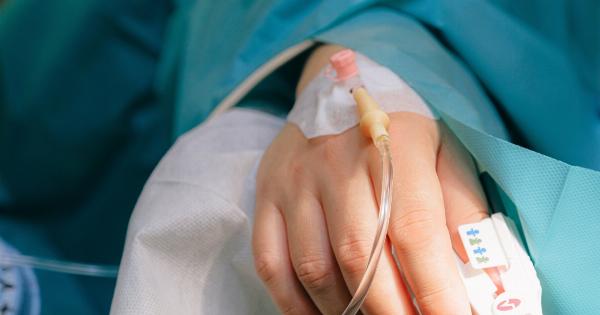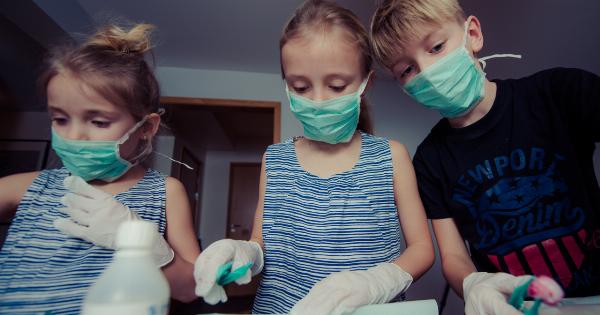Electric shocks can be a frightening and potentially life-threatening experience. Whether it occurs at home, in the workplace, or in any other environment, knowing what to do in the event of an electric shock is crucial.
Immediate action and proper first aid can make a significant difference in terms of personal safety and potential long-term effects. In this article, we will explore the necessary steps to take when faced with an electric shock, ensuring your safety and the safety of others.
1. Assess the Situation
The first step when encountering someone who has been electrocuted is to quickly assess the situation. Ensure your own safety by checking if the area is safe to approach.
If the person is still in contact with the source of electricity or if it is not safe to touch them directly, do not attempt to move them yourself. In such cases, you must first disconnect the power source or call emergency services for assistance.
2. Turn Off the Power
If the individual has been subjected to an electric shock within your surroundings, it is crucial to cut off the power source immediately. Locate the main switch or circuit breaker and turn it off to prevent further harm.
Remember, in situations involving high-voltage power lines or large electrical systems, it is best to contact the utility company or emergency services to handle the situation.
3. Call Emergency Services
Even if the electric shock appears minor, it is always recommended to seek immediate medical attention by calling emergency services. Electrical injuries can have various underlying complications that may not be immediately apparent.
Medical professionals will be able to assess the situation and administer appropriate treatment if necessary. Remember, it is better to be safe than sorry.
4. Check for Breathing and Consciousness
Next, you need to determine if the person who suffered the electric shock is conscious and breathing. Approach the individual carefully, ensuring their safety and your own. If they are unconscious but breathing, quickly move onto the next step.
However, if they are not breathing or unconscious, you should begin CPR immediately while waiting for medical professionals to arrive.
5. Administer CPR if Necessary
If the person is not breathing or is unconscious, it is crucial to begin cardiopulmonary resuscitation (CPR). Ensure that the individual is lying on a firm, flat surface and tilt their head back slightly to open the airway.
Begin by delivering thirty chest compressions, pushing hard and fast in the center of the chest. After thirty compressions, give two rescue breaths by pinching the individual’s nose and covering their mouth with yours.
6. Assess for Burns and Injuries
Once the individual’s breathing and consciousness have been assessed and, if needed, CPR has been administered, carefully check for any visible signs of burns or injuries on their body.
Be cautious when examining the person, as there may still be electricity present even after the power source has been disconnected. If you notice any severe burns or other injuries, take appropriate action by covering the affected areas with sterile, non-stick dressings to minimize the risk of infection.
7. Keep the Person Warm and Comfortable
During the recovery period, it is essential to keep the person warm and comfortable. Electric shocks can cause fluctuations in body temperature, so covering them with a blanket or providing extra clothing can help regulate their body heat.
It is crucial to keep the individual calm and reassure them until medical professionals arrive.
8. Do Not Apply Creams or Ointments
While it may be tempting to apply creams or ointments to any burns or injuries, it is essential to refrain from doing so. Applying any substances to the affected areas can potentially interfere with medical treatment and evaluation.
It is best to leave the assessment and treatment of burns to medical professionals who can provide the appropriate care.
9. Share Information with Medical Professionals
When medical professionals arrive at the scene, provide them with accurate and detailed information about the electric shock incident. Inform them of the duration and severity of the shock, as well as any visible burns, injuries, or complications.
This information will assist healthcare providers in providing the best possible care for the individual.
10. Follow Up with Medical Care
After receiving immediate medical attention, it is essential to follow up with appropriate medical care. This may include additional evaluations, treatments, or referrals to specialists, depending on the severity of the electric shock and its effects.
Adhering to the prescribed medical plan and attending all necessary appointments will help ensure the individual’s complete recovery and minimize any potential long-term consequences.





























